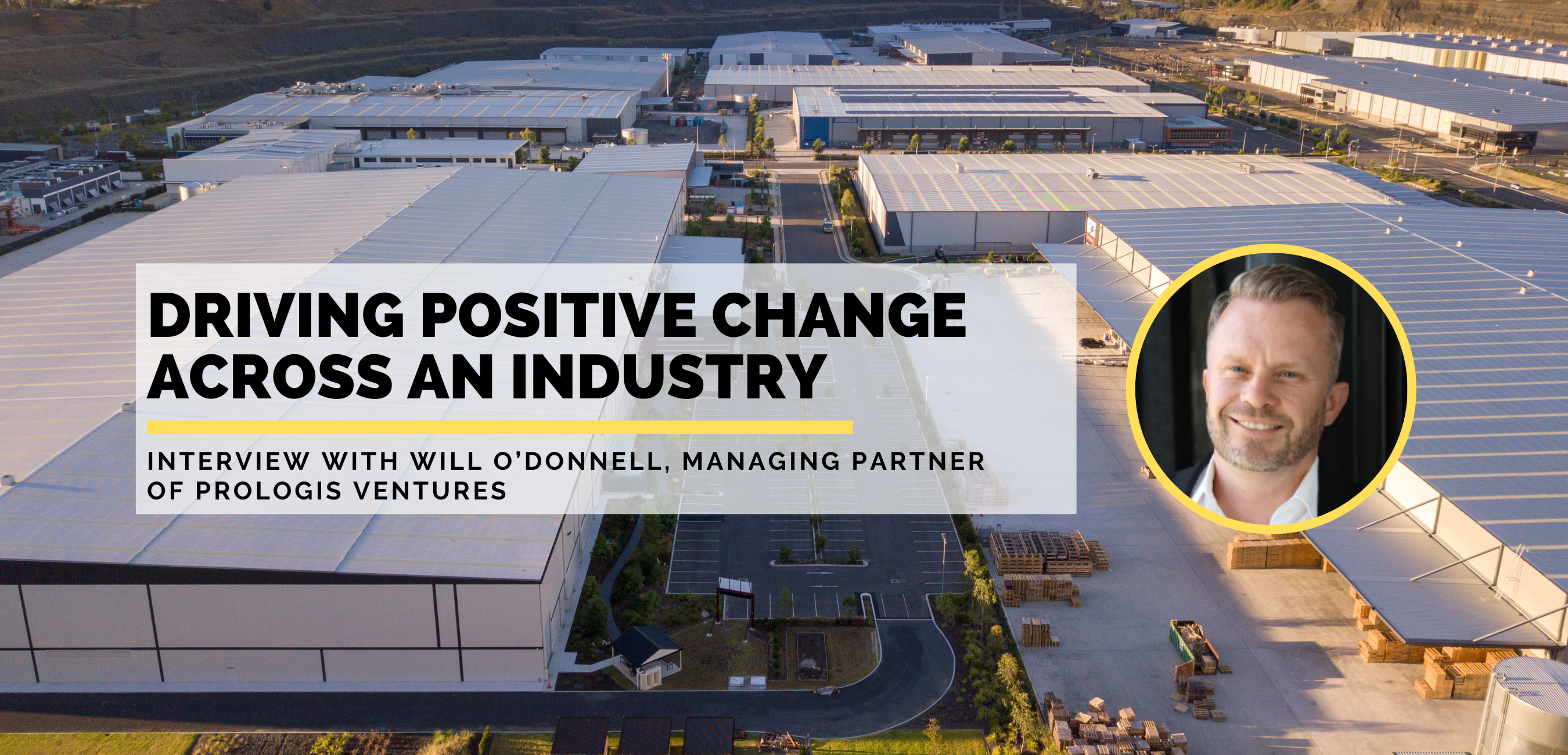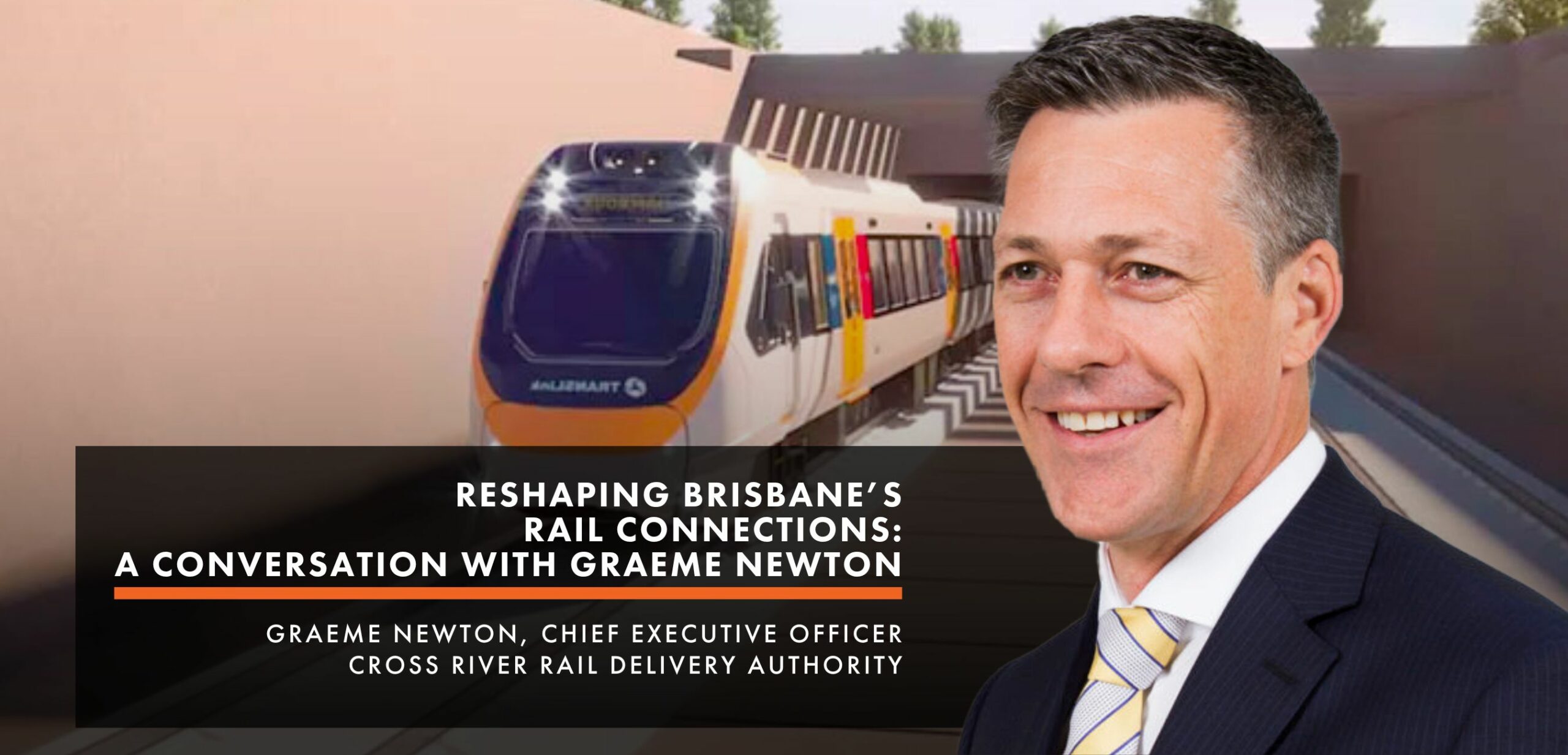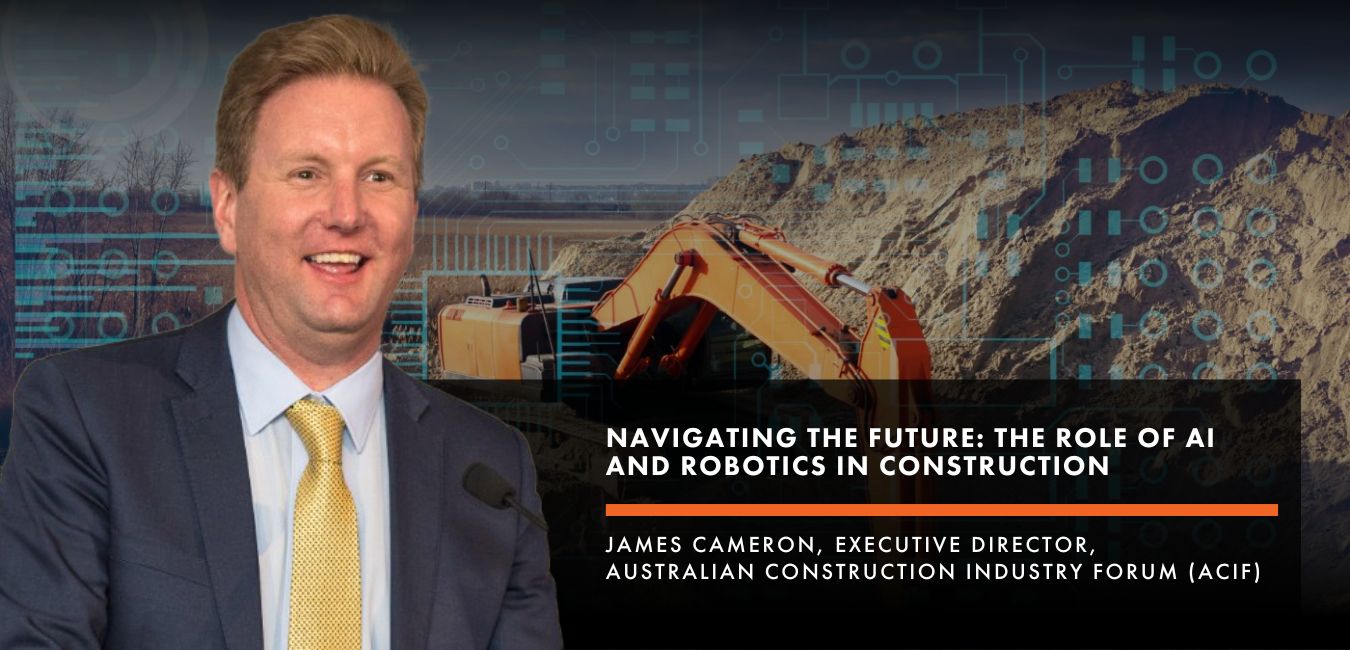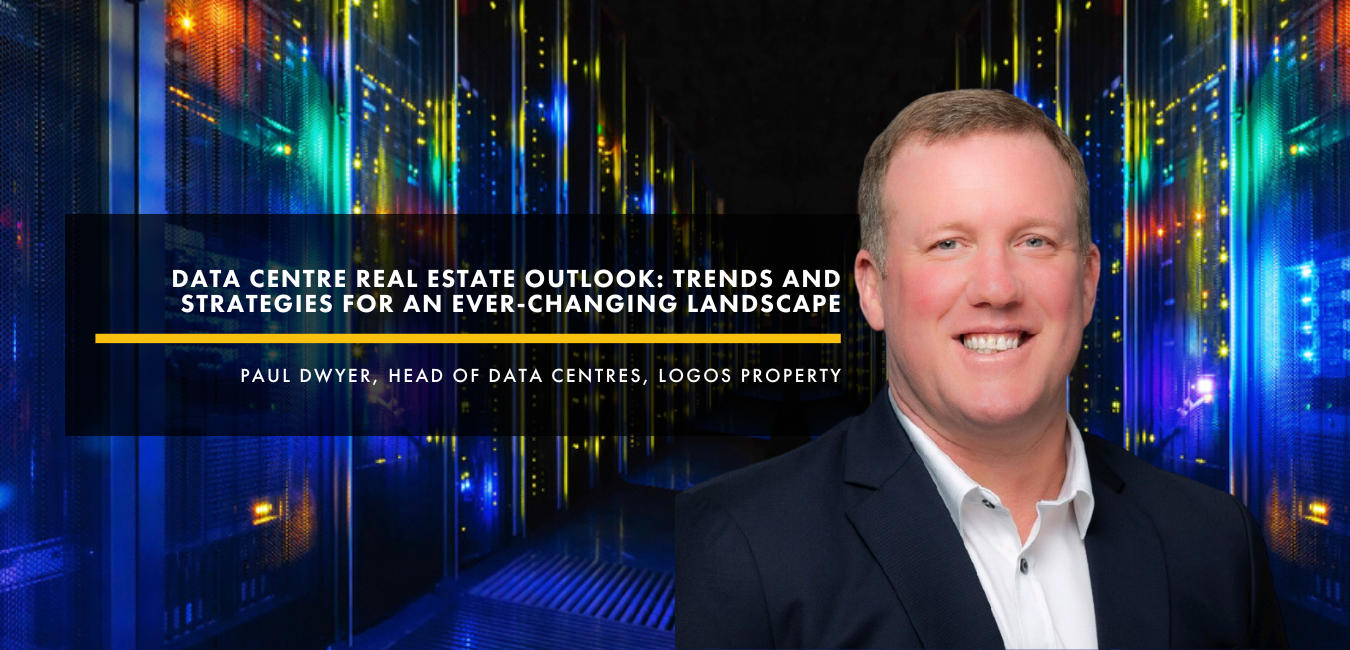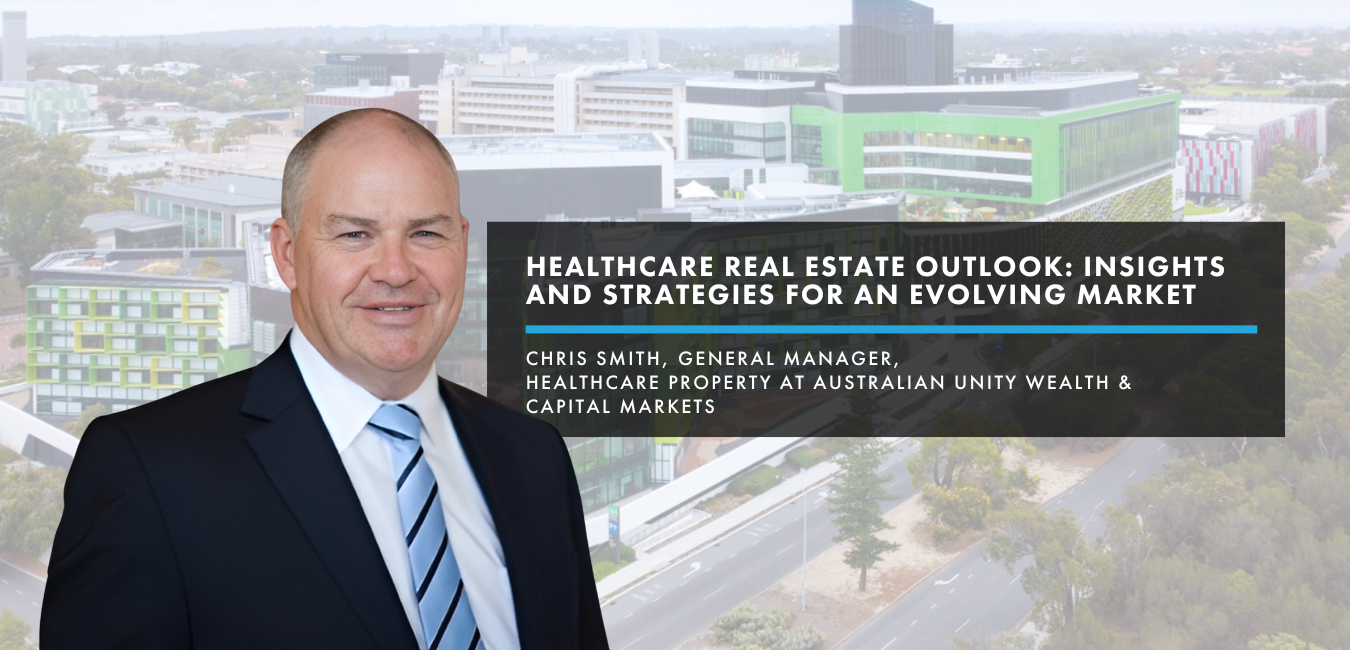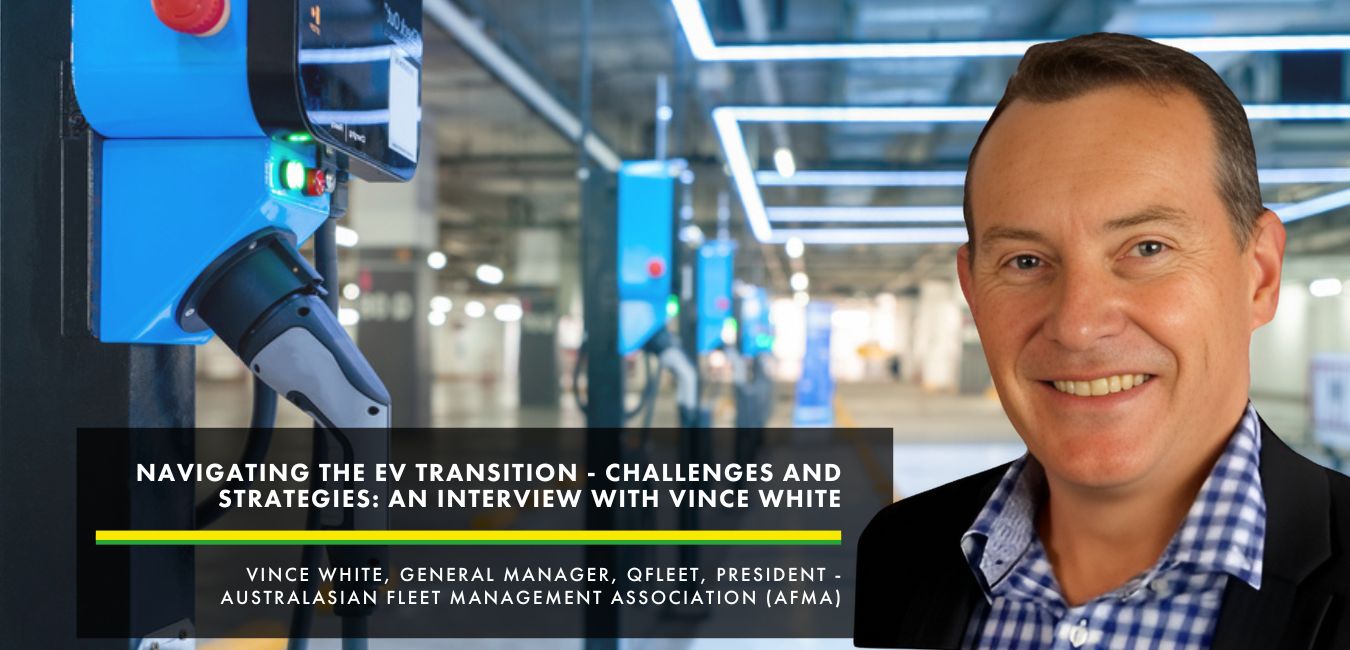Driving Positive Change Across an Industry.
Will O’Donnell is the Managing Partner of Prologis Ventures, the venture capital, innovation and corporate development arm of Prologis. Prologis Ventures invests in series A through growth–stage companies focused on innovating across the logistics sector. With over 22 years of experience in both real estate and technology, Will heads efforts to invest in cutting-edge technology for supply-chain logistics and real estate. In our chat, we talk about investments the company is making, trends throughout the real estate industry, and future predictions.
FuturePlace: Can you tell us about your role at Prologis Ventures and what you’re focusing on?
Will O’Donnell: I’m the Managing Partner of Prologis Ventures which is our corporate venture group where we focus on a few different areas. One is a traditional VC where we’ve made 30 investments in series A through growth-stage startups in PropTech, ConTech, energy, infrastructure solutions like EV charging, the digitization of the supply chain, and supply chain logistics. We focus on disruptive technologies in urban fulfillment, e-commerce, transportation and more. We’re spending a lot of time on ESG-related topics like how to put solar on buildings. How do we build buildings that are more environmentally friendly? How do we bring carbon offsets to our customers? We’re really looking at how to drive positive change across the industry.
The second area is co-innovation with customers. We’re in a unique position where we own almost one billion square feet of real estate in 19 countries so we have a lot of space to work with. Yet, real estate is an unusual business where most landlords spend three months negotiating a contract and then effectively try to ignore their tenants for the next seven years. At Prologis, we’ve adopted a customer-centric strategy across all aspects of our business, where we ask ourselves, “Okay we have a seven-year contract. How do we offer more value? How do I increase that? How do I make my customer happy and their life easier?”
FP: Interesting observation. How do you approach that?
WOD: In the last couple of years, we’ve launched Prologis Essentials which offers our customers all of the products and services they need to operate a warehouse through our best-in-class partners. When customers move in, they don’t have to search to find out where to get something — it’s all in one place. With our size and scale, we can drive discounts that others can’t and create value for our customers’ businesses. We can also have all the IT infrastructure in place when they move in instead of waiting 120 days for someone to show up and turn the internet on. We’re able to identify these turnkey solutions and other emerging technologies not only because of our culture of innovation but specifically through innovation-focused business units such as Prologis Labs. This group operates a warehouse in the San Francisco Bay Area and conducts experiments for our customers that allow them to test new technologies without needing to shut down their facilities to do so. For example, we’ll bring in an autonomous forklift, see how it works, and run it through a simulated environment before our customers begin using it in a real warehouse.
FP: That sounds like a great way to make sure customers have a good experience. Before I cut you off; what is the third focus of Prologis Ventures?
WOD: The third area where we spend a lot of time is incubating and starting new businesses. We’re in the process right now of launching an EV charging infrastructure business which is quite complicated; you have to engage with the utility companies, the grid has to be upgraded in order to accommodate the new power capacity, and you have to make the upgrades to each of the buildings. If I’m running a fleet and I need to charge the vehicles for four hours, what’s the impact on my logistics operation? Today I can fill up with diesel in 15 minutes and the gas stations are already there. What’s the new trade-off?
While complicated, EV presents a unique opportunity to partner with our customers, utilities, O&Ms, and manufacturers, and then find the best software and tech companies to provide solutions. We’re really excited about it; it’s one of the more transformational ways we can get involved in ESG and drive faster adoption. There’s a lot of societal benefits. From a business standpoint, rarely do you see an industry as massive as freight shift from an internal combustion engine where every piece of the pie has already been divided up to an EV world where everything is new. It’s a completely white space where people are learning how to execute. Overall, we’re moving beyond the ‘here’s four walls and a roof and we’ll talk to you in seven years’ to accelerating our customers’ businesses across the entire supply chain.
FP: Can you tell us more about innovations you’re seeing in the warehouse space?
WOD: Labor right now is pain point number one, two, three, and four for our customers. We break it into a few categories: recruitment, training, retention, and safety with many advancements being made within each area. For example, in recruitment, we’ve invested in a company called WorkStep to provide labor databases for our customers and people looking for jobs — it’s similar to LinkedIn or Indeed but for the warehouse workforce where people can recruit from the database. We’ve also invested in a wearable device company called Kinetic that pings warehouse workers if they are in an unsafe posture, which creates a safer environment and reduces workers’ compensation issues. Additionally, we’ve launched the Prologis Community Workforce Initiative, or CWI, which provides a talent pipeline for our customers. Every time we build a building, we self-impose a tax that we then invest into the local community and career development. Our goal is to have 25,000 people trained through the program by 2025.
FP: Related to labor, what about innovations in automation?
WOD: A common fear is that of a completely dark warehouse where automation replaces labor. The reality is that automation is an enhancement that creates a safer environment for workers while also improving efficiency. For instance, you could have a warehouse worker walking seven to nine miles per day as well as picking and lifting; it’s physically strenuous. We made an investment in a company called Locus Robotics that lowers the amount of unproductive walking time for workers and allows the robots to do much of the movement.
Transportation is another area we focus on because there are so many inefficiencies like trucks waiting outside of warehouses. We’ve invested in Outrider which develops autonomous yard trucks that are also EV. The yard outside of a warehouse is one of the most dangerous areas in the facility because of the big trucks moving around with people on the ground.
FP: Those trucks have a lot of places to go. What about the challenges in last mile?
WOD: Fifty percent of supply chain costs in the US are related to trucking so there’s a ton of inefficiencies between warehouse, operations, and freight. Something coming from China could be touched by 30 companies along the way and it’s hard to track those packages. We’re a long way from full visibility but the industry is starting to work together more seamlessly to integrate different technologies.
FP: What are some of the trends in regards to last mile that you’re seeing?
WOD: Consumer expectations have changed. Ten years ago, one-week delivery was acceptable. Three years ago, three to four days was okay. Now, the expectation is same–day or next–day.
The implications on how to design your supply chain are massive when you change from delivery within a week to delivery within an hour. It’s a complex problem to solve but it’s also a fascinating one. The pandemic accelerated this change in consumer expectations because we became reliant on pushing a button and getting a delivery to our homes. This puts a lot of stress on supply chains, but it’s incredible how fast companies were able to adapt and make it work. We believe this would have taken five years of change, but it happened in six months.
I think people are going to return to some forms of traditional retail because people like to go out and see and touch. There’s an experience you get when you walk into a store. But some of the newer forms of retail that are omnichannel, like Bonobos, don’t carry 800 pairs of the same slack. Instead, they say, ‘here are the pants and if you want that color, it will be delivered to your house tomorrow.’ That’s where we’re going to see the inter-mixing of an experience with the e-commerce background to really delight the customer.
Supply Chain & Industrial Warehouse Summit
Will spoke at last year’s Summit that took place on 10 November 2021.
For more information on this year’s Summit click below.

